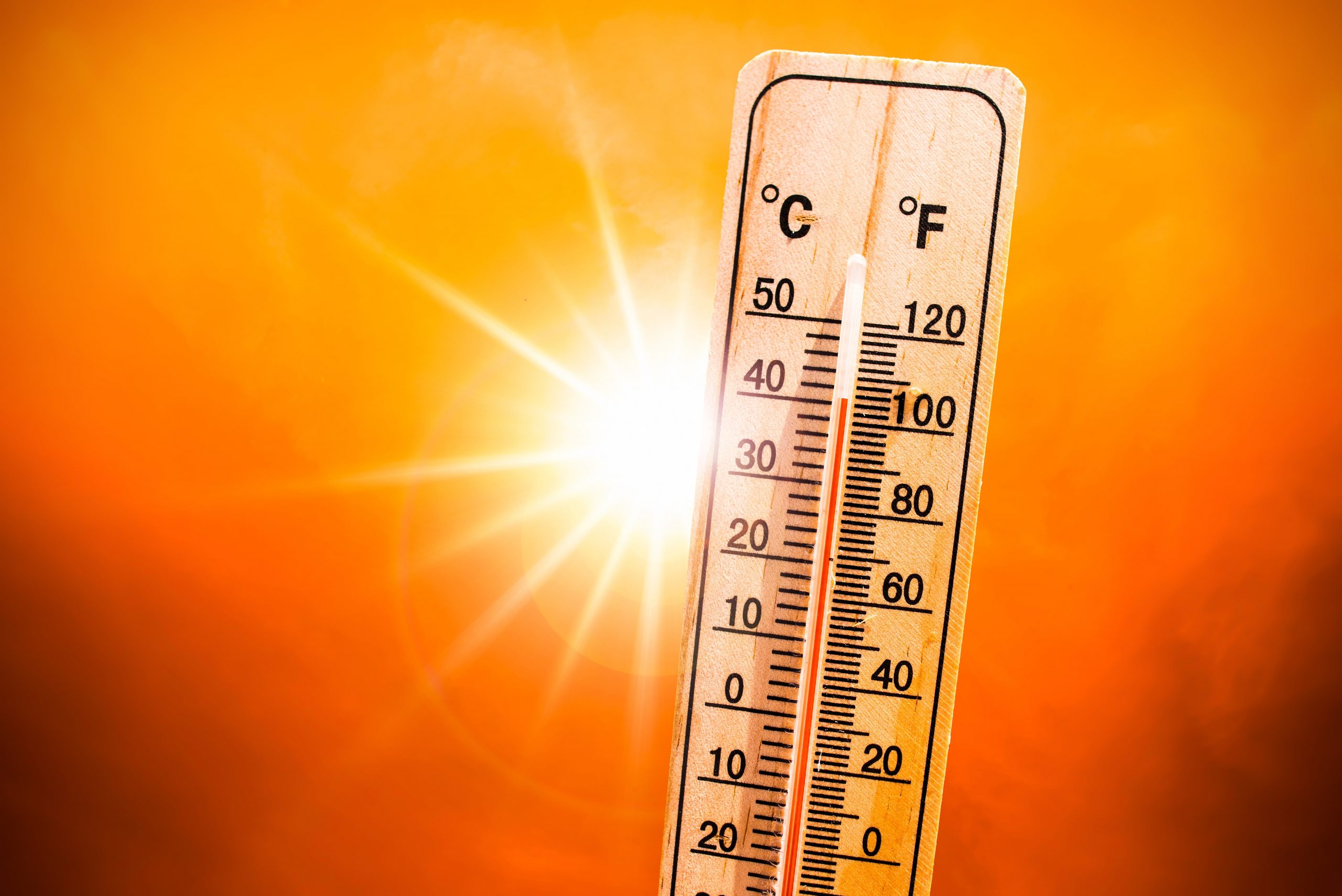This summer Salina residents have experienced 16 days of at least 100 degree heat. Those numbers are concerning when it comes to the potential for illnesses such as heat exhaustion and heat stroke, according to Dr. Jeff Curtis, medical director of FHSU’s Health and Wellness Services.
Symptoms of heat exhaustion, which can lead to heat stroke, include weakness, dizziness, upset stomach, and heavy perspiration.
“Heat exhaustion is generally not fatal and generally treatable as long those around the individual recognize the illness,” Curtis said. However, on rare occasions, heat stroke can follow. Heat stroke symptoms include extreme skin redness, core temperature from 104 to 105, and mental confusion.
“It’s said to be more than 50-50 fatal if heat stroke develops,” Curtis said. “Most heat stroke is preceded by heat exhaustion. I think it’s really important to educate people about the seriousness if it progresses to heat stroke.”
Specific subsets of individuals, such as the elderly, people with chronic illness, or people taking certain medications, are more susceptible to heat stroke. He said that many individuals on the FHSU campus likely fall into one or more categories.
According to Curtis, as sports practices begin on campus, student-athletes should be aware of the potential for heat-related illness. He recently consulted with athletic trainers regarding cardiac emergencies in general.
Updates to the FHSU Sports Medicine Heat Illness Policy are currently under review by Dr. Wally Walstrom, Athletics Health Care Administrator. Modifications have been made regarding preventing, monitoring, and treating heat-related illnesses/injuries. Kota Wakasa, Assistant Athletic Trainer, said that the new policy sets a “clear line for activity termination,” among other details.
Procedures for preventing exertional heat illness for student-athletes begin with an annual pre-participation physical examination to identify possible pre-existing conditions which place the student at risk of heat-related illness. Environmental monitoring is required when temperatures are expected to exceed 80 degrees during scheduled practice times. Further heat-illness prevention procedures include acclimatization and hydration.
For the general population, knowing when to seek medical attention for a heat-related illness is critical.
“First sign of heat stroke is you stop sweating, you are red as a beet, burning up, and most commonly, the individual isn’t making sense,” Curtis said. “Altered mental state, confused or obtunded. That is really serious. Those people need to call 911.”
Prevention and common sense are keys to beating heat-related illnesses. Curtis stressed the importance of pre-hydration or drinking plenty of fluids before feeling thirsty.
“If you know it’s going to be a hot day, plan your day,” Curtis said. “If you can, divide your tasks into small segments. Work for 15 minutes, then go inside. Cool off, get a drink. It’s going to take a lot longer, but your body will reapportion itself.”
As climate changes potentially bring about shifting seasons, higher temperatures, and drier conditions for the central U.S., Curtis said it is important to be aware that summer temperatures can continue into what we once considered fall.
“What we traditionally think of as summer may not be summer,” Curtis said. “We may just be starting summer. It may not end on Sept. 21 but may go on until Nov. 1. We need to be aware that the fifth football game of the season might be played in 95-degree temperatures.”



